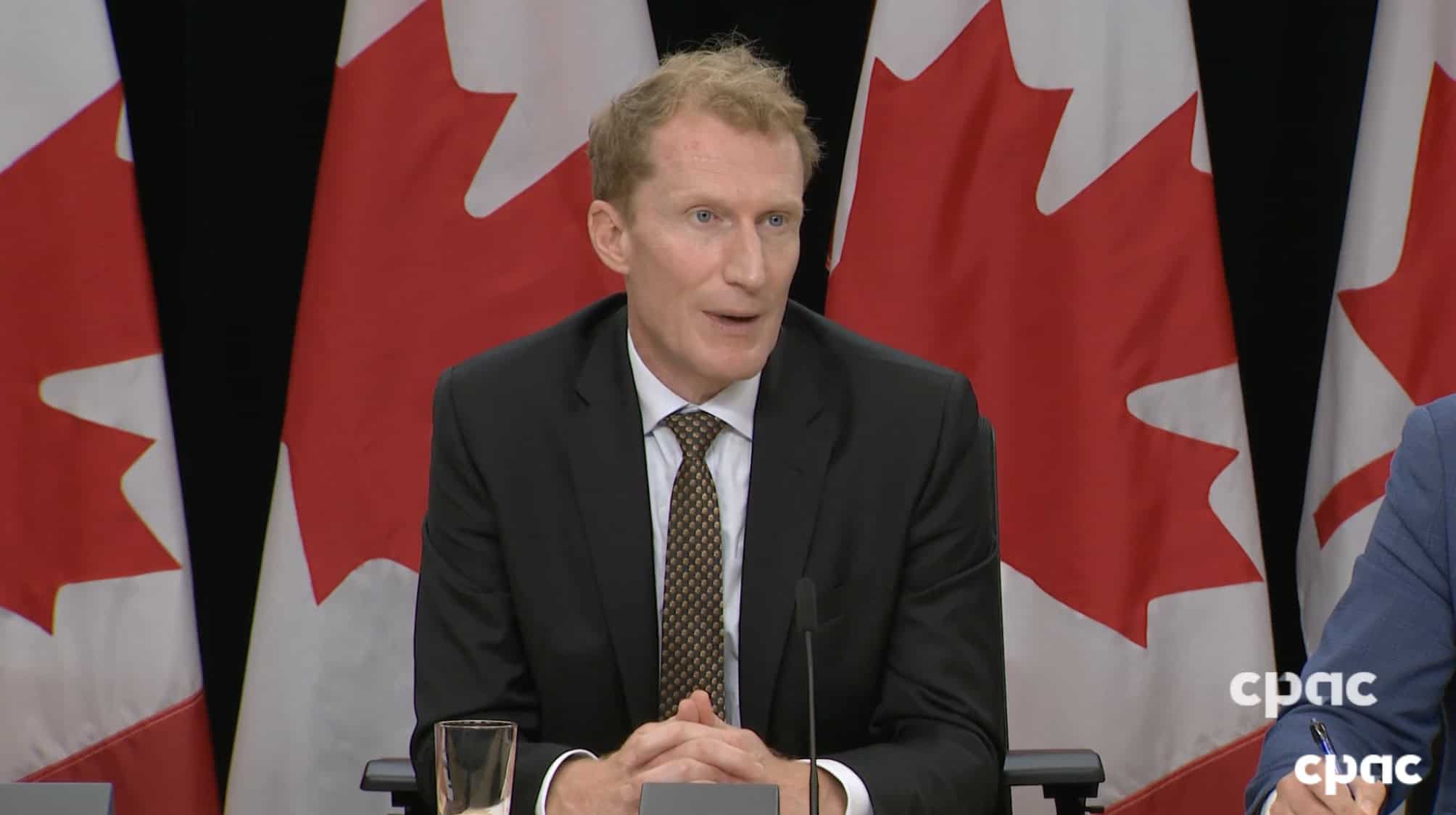- “We have allowed certain aspects of the market to get overheated, and for too long” said Immigration Minister – pointing to growing size of temporary resident population
- Further reduction of 10% this year on cap allocation while next year, Masters and PhD students will be included in the cap.
- Access to Canada’s Post-graduate Work Program to be controlled via language competency tests
The Canadian government has announced new international student study permits will be reduced by 10% from the 2024 target of 485,000. The intake cap for 2026 will be stabilised, remaining the same as in 2025.
For 2025, this means reducing study permits issued to 437,000.
On September 18, during a joint press conference held in Ottawa, minister of immigration Marc Miller announced changes to the country’s immigration system, many pertaining to the international student program:
- Further limits on number international student permits, as outlined above
- 2025–2026 study permit intake cap will include master’s and doctoral students
- All PGWP applicants will be required to demonstrate a minimum language proficiency in French or English
- PGWP program will be updated to align with immigration goals and labour market needs
- Work permit eligibility to be limited to spouses of master’s degree students to only those whose program is at least 16 months in duration
- Work permit eligibility to be limited to spouses of foreign workers in management or professional occupations or in sectors with labour shortages—under Canada’s work permit programs (TFWP and IMP)
The original cap enrolled in master’s and PhD programs. The 2025–2026 study permit intake cap will include master’s and doctoral students who will now have to submit a provincial or territorial attestation letter.
The government said it will be reserving approximately 12% of allocation spaces for these students in recognition of the benefits they bring to the Canadian labour market.
As part of changes to the PGWP program, all applicants will be required to demonstrate a minimum language proficiency in French or English, which the government said will increase their “ability to transition to permanent residence and adapt to changing economic conditions”.
The reality is that not everyone who wants to come to Canada will be able to
Immigration minister Marc Miller
“The reality is that not everyone who wants to come to Canada will be able to—just like not everyone who wants to stay in Canada will be able to,” said Miller.
“We are taking action to strengthen our temporary residence programs and roll out a more comprehensive immigration plan to meet the demands of today’s changing landscape. Our immigration system must preserve its integrity, and be well managed and sustainable. And as we look forward, we will do everything it takes to achieve that goal and set newcomers up for success.”
The January 2024 cap was said to be temporary, lasting initially for two years, with the aim of reducing international student numbers back to 2022 levels. There were over 800,000 international students in the country in 2022 – almost a third more than the previous year.
“Simply put, the international student cap is here to stay.” said Miller.
He began summarising the changes by noting the number of temporary residents in Canada.
This number, he observed, “has grown almost exponentially over the last few years from about 437,000 individuals in 2019 alone to about 1.2 million in 2023”. And he observed, “That comes with consequences.”
Canadian immigration data for the first half of 2024 showed a significant decline in study permit applications and issuance in Q2, in an early sign that the government’s caps are meeting objectives.
The proposed reduction of temporary residents from 6.5% of Canada’s total population to 5% will be reflected in the 2025–2027 Immigration Levels Plan, which will be released by November 1, 2024.
Miller was joined at the press by Randy Boissonnault, minister for employment, workforce development and official languages.
Boissonnault explained: “The temporary foreign worker program is an accordion. It’s meant to flex with the economy. When we have a high number of vacancies, we can bring in more people.
“And as the economy tightens, we close the accordion and we make it harder for people to come in because Marc (minister Miller) and I and our government want those jobs to go to Canadians. We want them to go to people who live here. We want them to go to students. We want them to go to newcomers… and so we’re working hard every day to make sure there’s more jobs for Canadians.”



